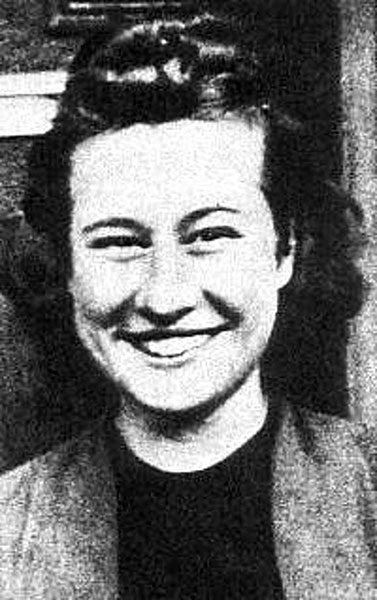August Sangret was tried in a British court and convicted of murdering Joan Pearl Wolfe 19 years of age, at Hankley Common, Surrey on 13 September 1942.
Classic Canadian Trials: Audio Series
Presented by the King & Empire Foundation
Funded by your contributions
The audio series will bring the transcripts of the dramatic trial to life.
During the Second World War, 350,000 Canadian soldiers were stationed in England. Naturally, there were many, many interactions between the soldiers and the local population, not all of which were legal. In such cases the Canadian Government chose to allow the British Legal system authority over the trials of Canadian soldiers for all criminal charges, including murder. Other Allied Countries, like the United States, tried their own men as it was felt the local population would not deliver justice to the accused. Why did Canada not follow their lead, and what were the implications of this abdication of responsibility for accused Canadians?
From 1942-45, the British legal system tried, convicted, and executed six Canadian soldiers for murder. The most infamous case was known as The Trial of August Sangret. August Sangret was a Métis from Battleford, Saskatchewan, who enlisted in the Canadian Army in WW2. He was born in 1913 to a poor family and although intelligent he had received little formal education – he was essentially illiterate. He spoke English and the Cree language and had learned many of the traditional skills of his ancestors, including the construction of sturdy shelters made from long poles covered by sheets of birch bark.
On 7 October 1942, two soldiers patrolling Hankley Common discovered a woman’s body later identified as that of Joan Pearl Wolfe. Joan had been stabbed and battered to death. On 6 December 1942 August Sangret was arrested and charged with the murder of Wolfe. Sangret was tried in a British court charged with murdering his girlfriend, Joan Wolfe, 19 years of age, on 13 September 1942. During the summer of 1942 they had spent a great deal of time together. Sangret had built a traditional shelter for them to sleep in at night in woodland near the Canadian army camp at Witley, Surrey where he was stationed. During the trial, the British press referred to the shelter as a “wigwam” and hence the trial of August Sangret became known as the “Wigwam Trial”. During the trial he received no assistance from the Canadian Army. The jury took only two hours to reach their verdict. They convicted him of Murder but then made a strong recommendation for Mercy as the prosecution’s evidence was largely circumstantial. The British Judge disregarded the Mercy plea and sentenced Sangret to hang. Sangret was hanged at Wandsworth Prison and his body was interred in the grounds there.
There are a lot of questions regarding the abdication of responsibility of the Canadian Government in the trial of one of their own. There are questions as to whether Sangret committed the crime. Many think he was innocent. Was he? Did he get a fair trial? Was he judged by his peers?


